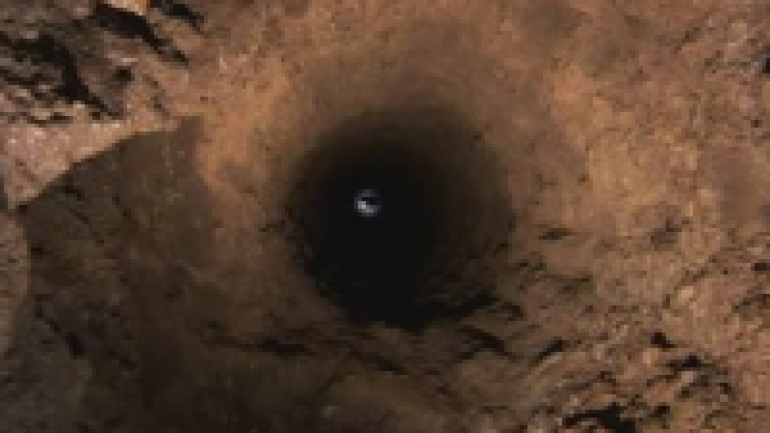Broadcast (1998) A curious feature of our planet’s surface is that it has two distinct levels: the dry land on the continents, on average a few hundred metres above sea level, and the ocean floor, making up two thirds of the Earth’s surface, several kilometres below sea level. Only in the past fifty years have scientists begun to explore in detail this vast region, revealing beneath the waves a landscape quite unlike the world we are used to. They have discovered a vast mountain range which encircles the entire globe where new sea floor is being continuously formed.

Advertisement
Join The Conversation




The guy leading the exploration on this video seemed like a real amateur. If you can get through that, I am sure it’s an interesting video. I couldn’t.
Its called Expanding Earth theory, look it up on google videos people
i don’t think it is so much of a theory anymore
Super mega love anything that has to do with Pangea and the Continental Drift theory…it is certainly true that piecing together South America and Africa – how can this theory be disputed. the images of the smokers on the bottom of the floor were stunning !!! Great program
Here is a good follow-up video – Tectonic Europe.
http://www.youtube.com/watch?v=MlXtsbdPssY&feature=player_detailpage
Great documentary. Now I want to see the next one he mentioned; Volcanoes.
If this changing world is troubling you,
Then this doc should give you a lift,
These changes are not from human error,
It’s just Continental Drift…Very interesting documentary on a very deep subject and a fascinating look at the deep ocean. You could explore that world forever and never know it all and yet it’s all worth every attempt to learn more…
I don’t understand how this lava “pushes” the continents away from each other. It looks like the lava just erupts and piles up around the crack. Where does this pressure come from that moves two halves of the earth in opposite directions?
Underneath the oceanic crust there is a massive ocean of molten magma. This magma is much thicker and congealed (due to immense pressure) than the liquid lava which we see at the surface.
The mechanic which causes two plates to diverge from one another is known as “thermal convection”. Thermal convection occurs due to the intense heat from the earths core.
We all know that heat rises, and armed with this knowledge we can deduce that when the magma deep beneath the oceanic crust is heated near the core this magma will rise. The magma which rises begins to cool as it rises through the mantle and approaches the surface of the earth. When the magma cools it will soon sink again as there is still warmer magma rising. It is a cycle which exhibits rotational characteristics. This cycle exhibits enough force to start to influence the movement of the crust which floats atop them and therefore the plates begin to move, either convergently or devergently.